
Fabrica un mundo en él que arquitectos, urbanistas, y últimamente "urbatects" [y este término viene en el artículo original], son las principales potencias y la arquitectura es la fuerza impulsora detrás de la sociedad. Unos dibujos que también recuerdan a Gaudí y a Hundertwasser [éste último por su relación entre la vegetación y la arquitectura]. No en vano su interés por la arquitectura y el diseño va más allá y ha diseñado estaciones de metro y escenografías.
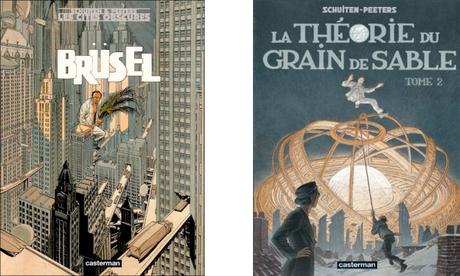
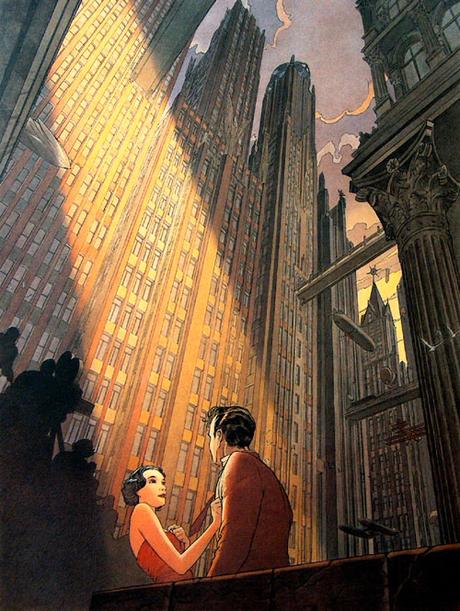
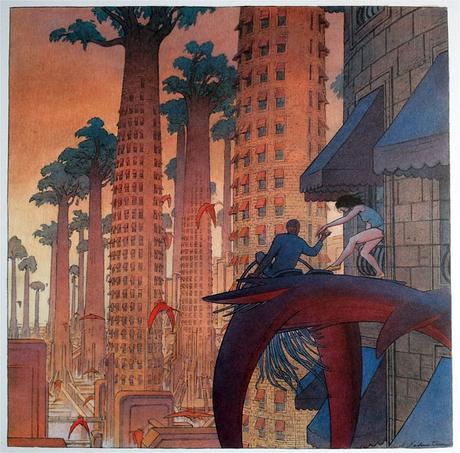
Su trabajo ha inspirado a otros para representar la ciudad sostenible como al arquitecto Olivier Dain Belmont.
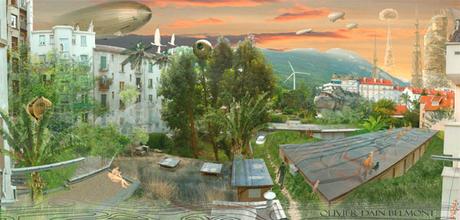
Pero más interesante [y curioso] que esto es el método constructivo llamado "Archiborescence" que han ideado entre su hermano y él, basado en la naturaleza, en la idea de combinar arquitectura y árboles. Y a continuación un extracto de este concepto según Luc Shuiten [el hermano arquitecto]:
The discipline of architecture has developed in a process diametrically opposed to living organisms. To build is to destroy everything before, on a portion of nature, and remove all traces of life, to deposit instead dead materials in geometric order.Have we not too quickly forgotten that we are above all biological beings settled on a planet itself alive?To find our bearings, we would first redevelop a local environment designed also as a living organism, kind of intermediate stage between the planet and us. But to do this, we must find new raw materials stripped as possible of the artifices of industrialization as the price to pay for this type of development inevitably leads to depletion of the earth.The development of archiborescent cities would have a major impact on the quality of our environment by removing pollution; we would benefit in many powerful ways from such an approach.
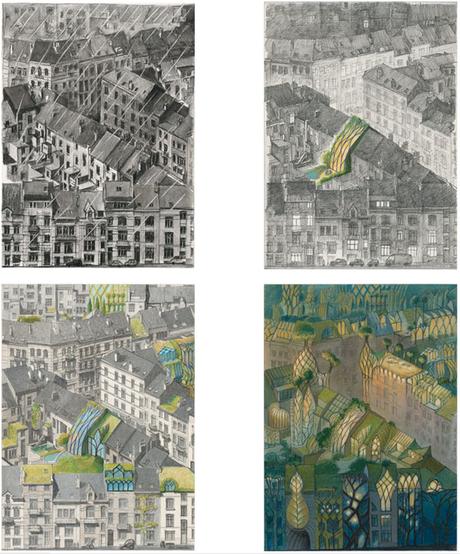
imágenes vía sustainable cities collective
Para + información:
- http://sustainablecitiescollective.com/david-thorpe/1031166/fran-ois-schuiten-imagining-perfect-cities-dreams
- http://www.vegetalcity.net/
